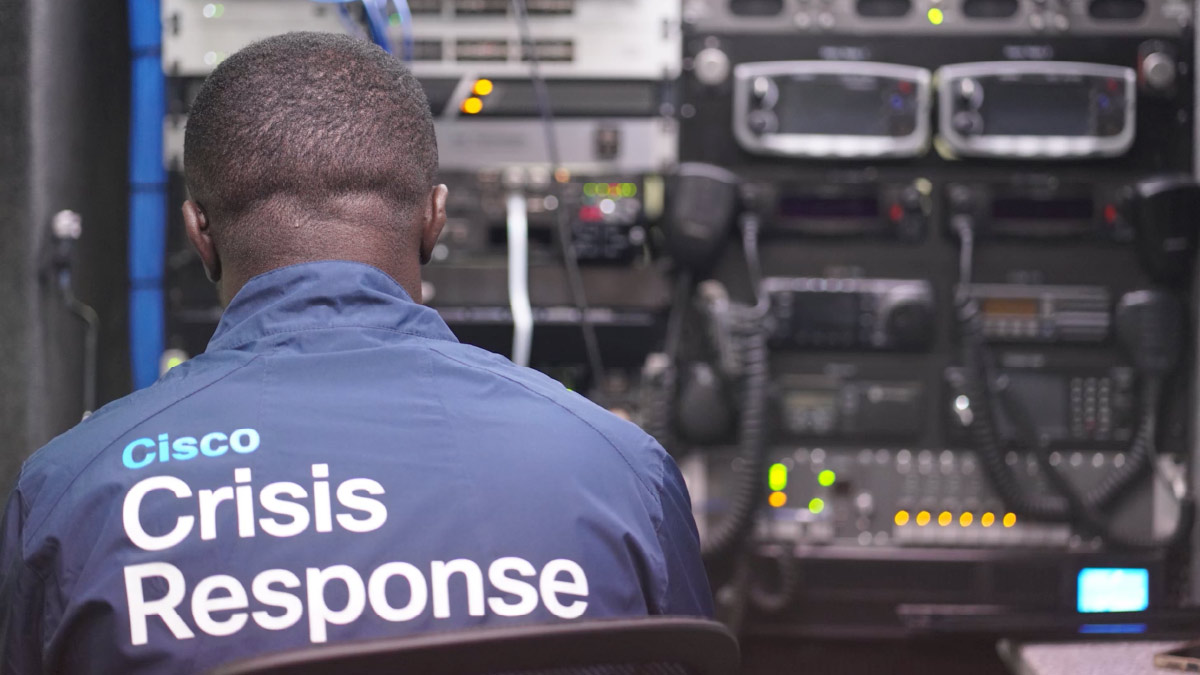BUENOS AIRES, Argentina, December 4, 2012 – Cisco announced the results of the Cisco® Broadband Barometer, which for the first time changed its way of measuring the market by assigning the number "2.0" to fixed connections of 2 megabits per second or higher and "1.0" to connections between 128 kilobits per second and 2 Mbps. This edition, which presents the results from January to June 2012, indicates that Argentina reached a total of 6.98 million broadband connections (fixed and mobile). The penetration of fixed broadband connections is 13.8 per 100 inhabitants. Broadband 2.0 connections alone reached 2.5 million connections, with a penetration of 6.1 per 100 inhabitants.
The growth is noticeable taking into account that fixed Broadband 2.0 connections grew 9.9 percent, 10 times as much as Broadband 1.0 connections. In addition, 88 percent of the new connections in the six-month period had a speed higher than 1 Mbps. By June 2012 44 percent of the fixed broadband connections in Argentina were Broadband 2.0. Fixed connections, both 1.0 and 2.0, grew 4.7 percent, while mobile ones grew 10 percent. According to the study, Argentina has 23 mobile connections per 100 fixed ones.
It is forecast that by June 2016 connections in Argentina will exceed 9.7 million, both fixed and mobile. Within that total, mobile connections will represent 24.6 percent, while fixed Broadband 2.0 connections will reach 64 percent.
The Cisco Broadband 2.0 Barometer, conducted by the IDC consultancy company, highlights the importance of connection infrastructures in the development of a country. Due to the rise in the consumption of applications, the growing offers of service providers, and the technological evolution, the Cisco Barometer now focuses mainly on Broadband 2.0, which allows the activities of a typical user – such as video calls, social networking and standard definition video streaming – to be performed efficiently.
Highlights of the Cisco Barometer 2012 for Argentina:
- From January to June 2012, fixed connections grew 4.7 percent while mobile ones grew 10 percent.
- xDSL connections continue dominating the market, growing 3.5 percent in the analyzed period of six months. Cable modem connections already exceed 37 percent of the fixed connections in Argentina. Both types represent 98.6 percent of connections.
- 3G subscriptions grew 10 percent in the first half of 2012, exceeding 1.3 million in June 2012.
- Within Broadband 2.0 connections, 35.4 percent are between 2 and 5 Mbps.
- In the country, the average speed grew 124 Kbps in the six-month period.
- In June 2012 Argentina reached a total of 6.98 million broadband connections (fixed and mobile). It is expected that by 2016 fixed and mobile connections will exceed 9.8 million.
- Until 2016, the geographical expansion of the networks will imply a growth of broadband access together with a decrease in the gap between DSL and cable modem technologies.
Supporting Quotes:
Juan Pablo Estévez, regional director, Cisco Multi Country Organization, MCO
"We consider the Internet to be an essential part of the development of societies. Broadband speed is directly related to the digital maturity of the economy, which is why we modified the focus of our traditional study to Broadband 2.0. In order to encourage the growth of this technology it is essential to deepen the actions reducing the digital gap, invest in infrastructure to improve the capacity of the networks, and have a proper regulatory framework. In this way, it will be possible to improve Argentina's competitiveness through the use of technology and the network."
About Cisco Broadband Barometer
Cisco Broadband Barometer is a campaign to highlight the importance of broadband in the development of the countries of the region and to bring attention to the need for a proper information infrastructure.
About Cisco Systems
Cisco (NASDAQ: CSCO) is the worldwide leader in networking that transforms how people connect, communicate and collaborate. Information about Cisco can be found at http://www.cisco.com. For ongoing news, please go to http://newsroom.cisco.com.
###
Cisco and the Cisco logo are trademarks or registered trademarks of Cisco and/or its affiliates in the U.S. and other countries. A listing of Cisco's trademarks can be found at www.cisco.com/go/trademarks. Third-party trademarks mentioned are the property of their respective owners. The use of the word partner does not imply a partnership relationship between Cisco and any other company.
###






